Comme le jour se fait lorsque la nuit s'en va
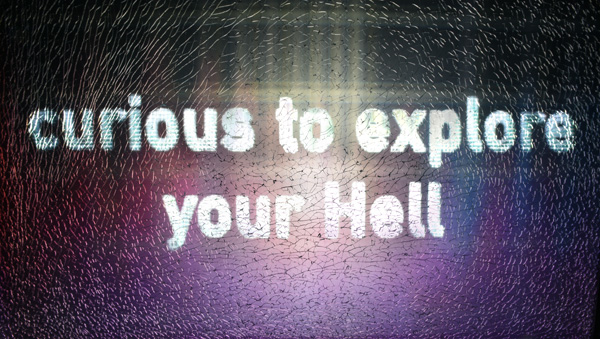
Comme le jour se fait lorsque la nuit s'en va

Comme le jour se fait lorsque la nuit s'en va
Vue d'exposition
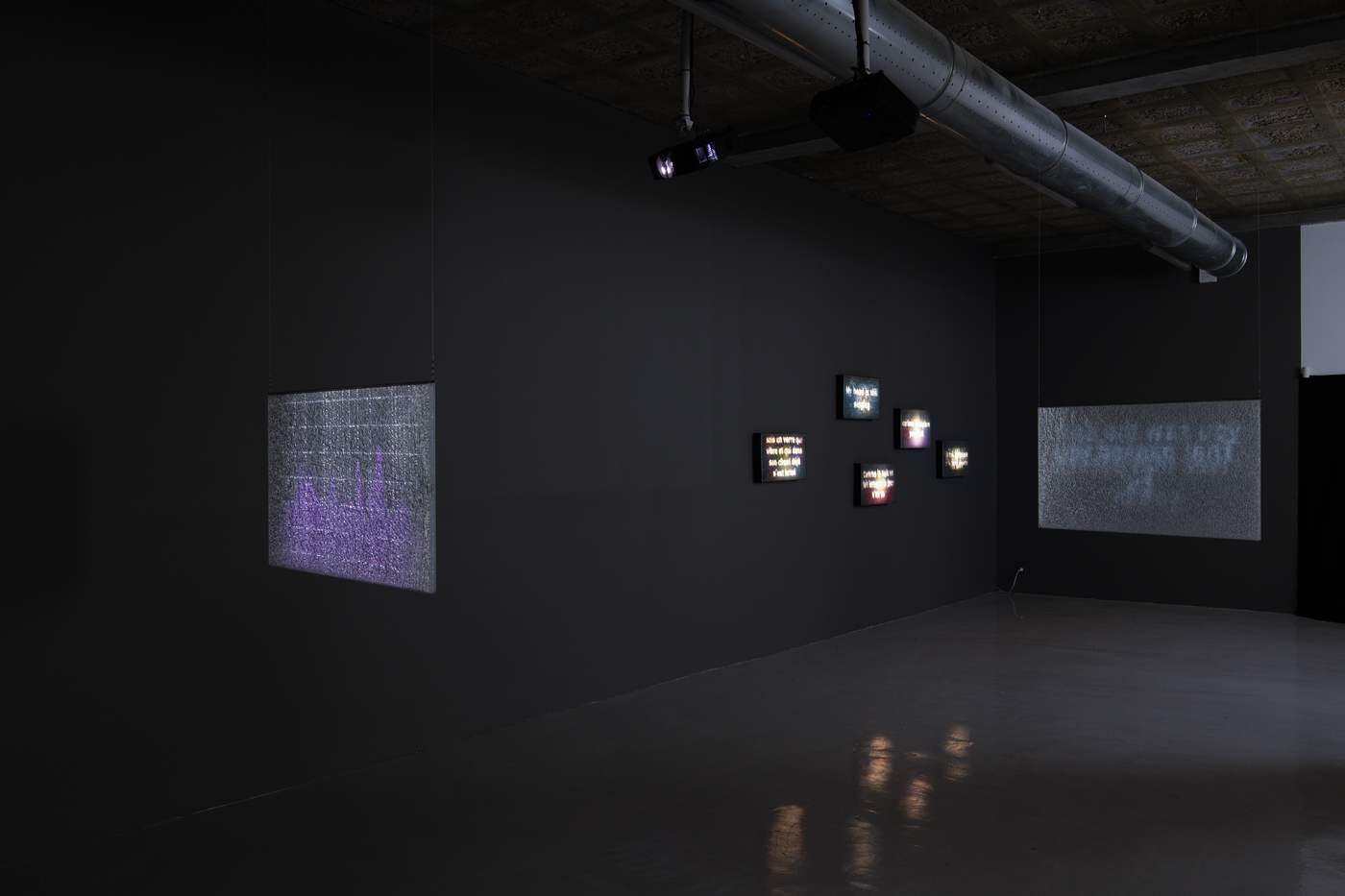
Comme le jour se fait lorsque la nuit s'en va
Vue d'exposition

Comme le jour se fait lorsque la nuit s'en va
Vue d'exposition
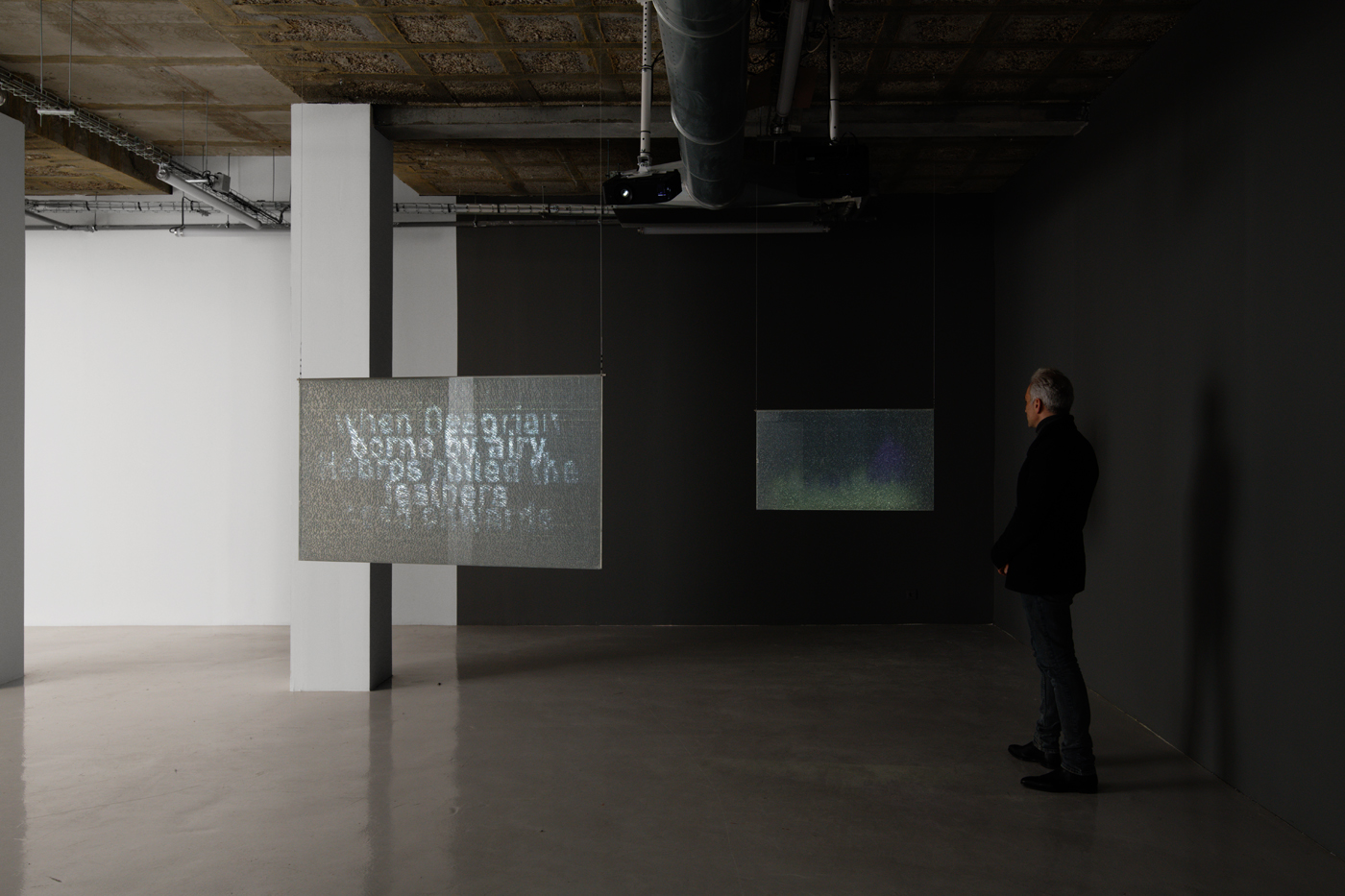
Comme le jour se fait lorsque la nuit s'en va
Vue d'exposition
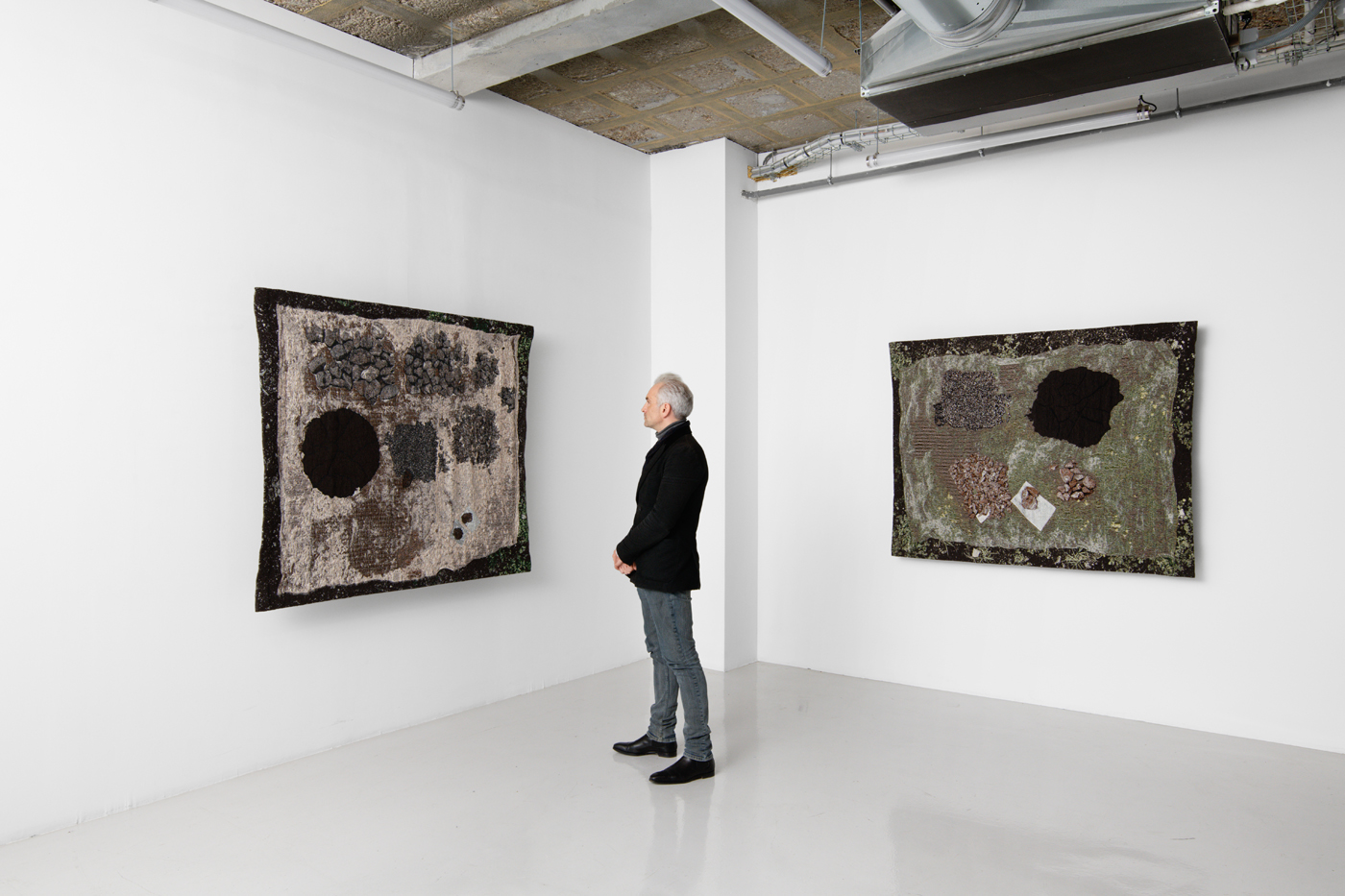
Comme le jour se fait lorsque la nuit s'en va
Vue d'exposition
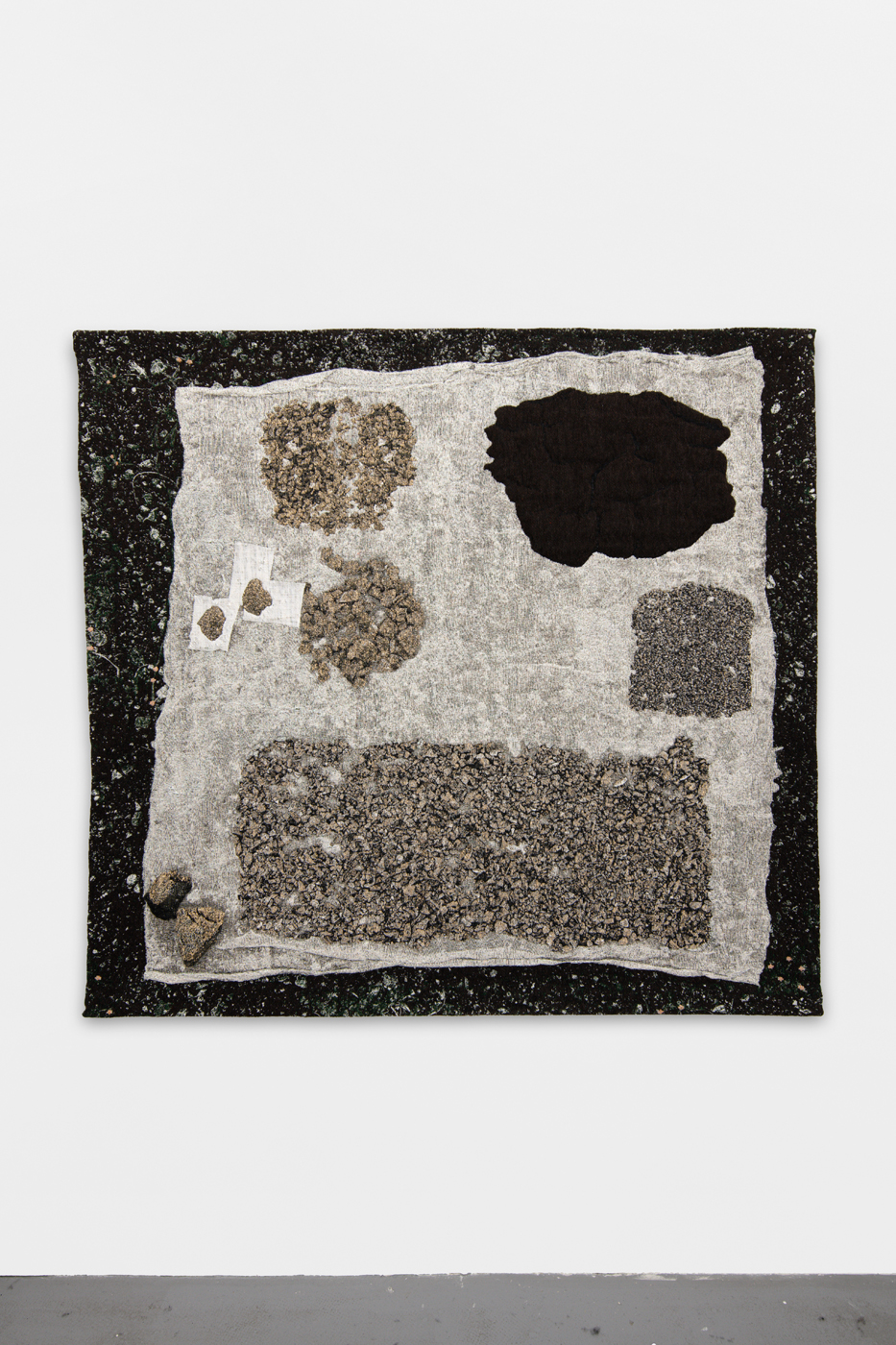
Comme le jour se fait lorsque la nuit s'en va
Vue d'exposition
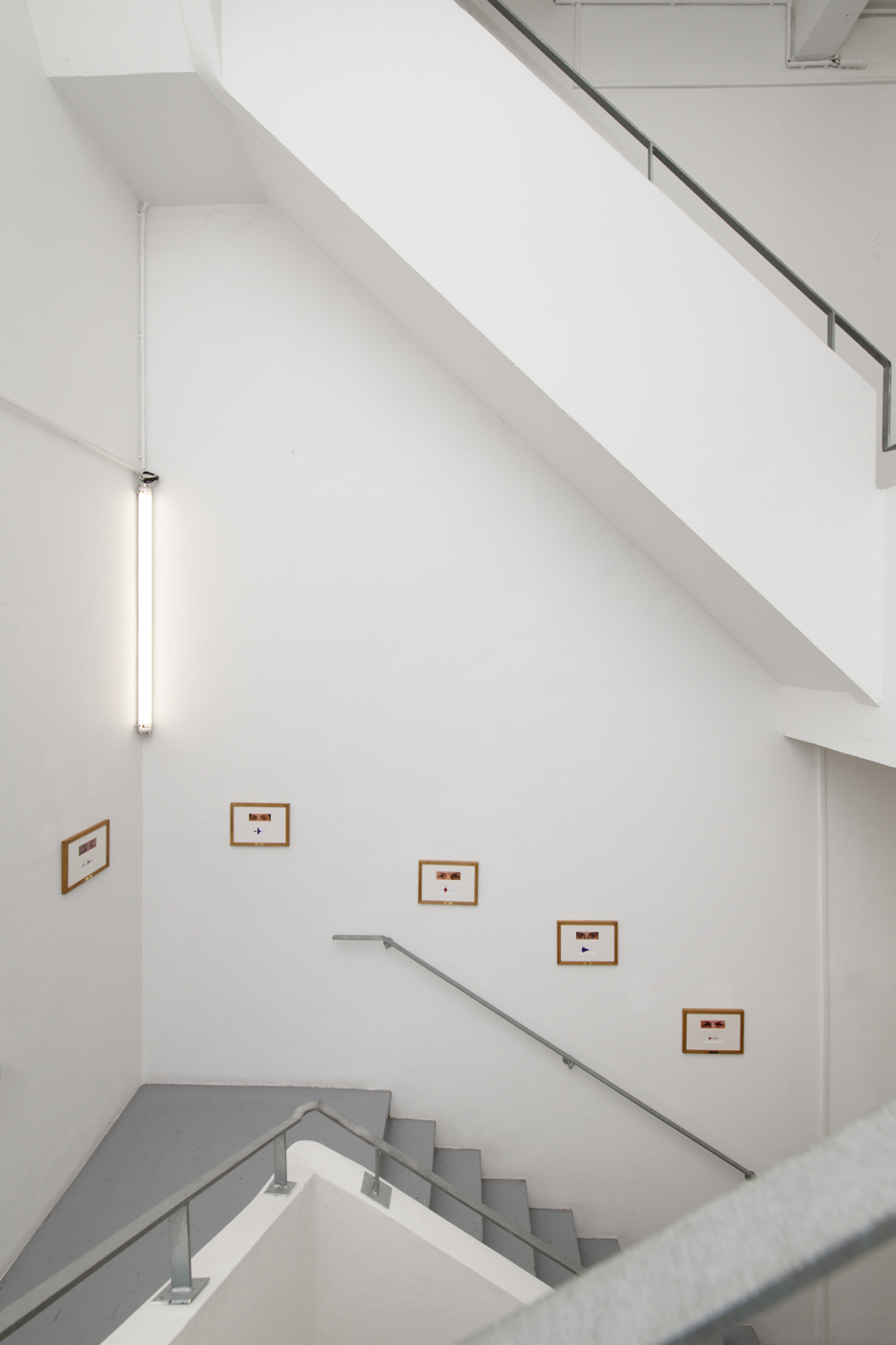
Comme le jour se fait lorsque la nuit s'en va
Vue d'exposition
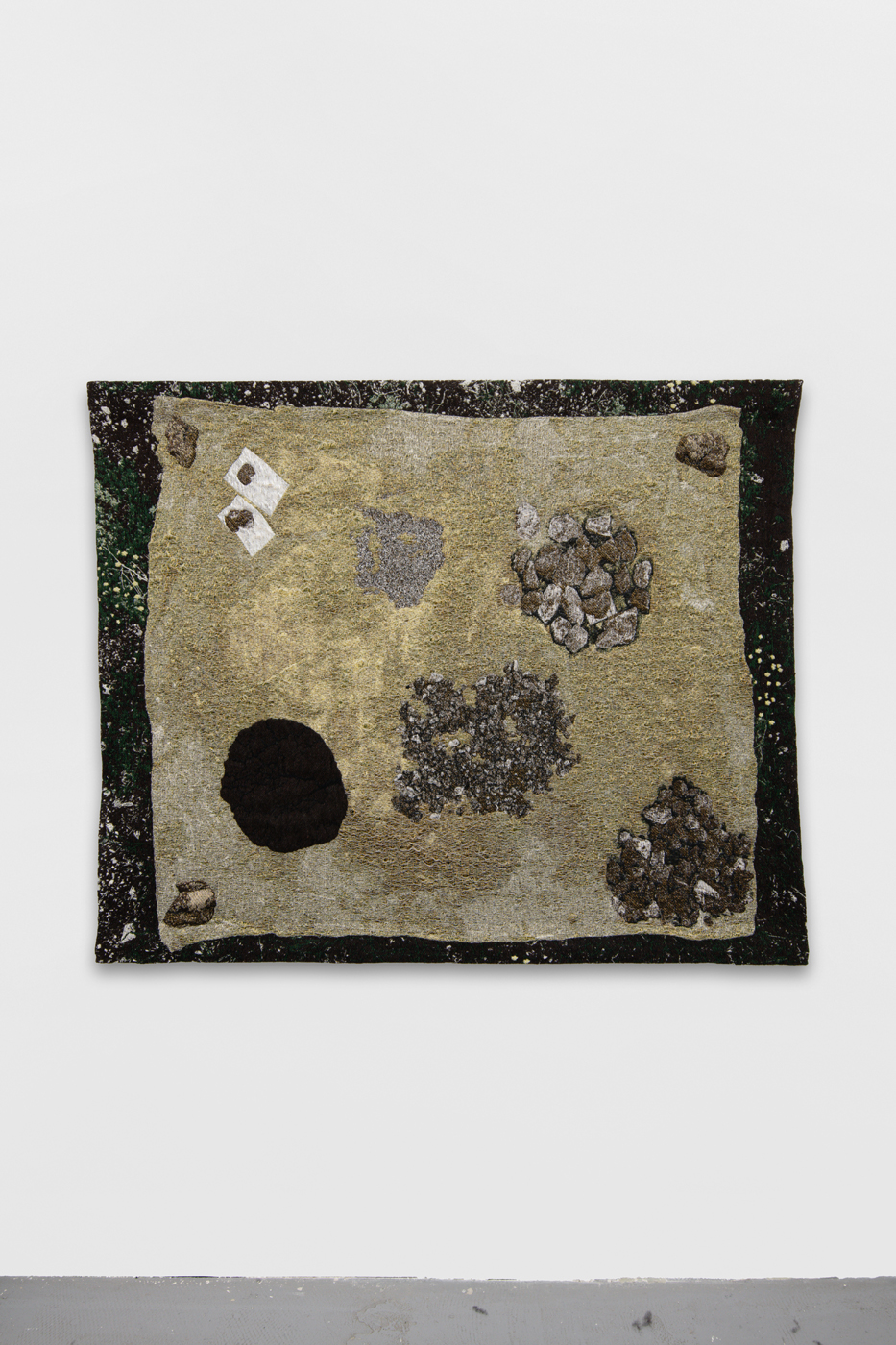
Comme le jour se fait lorsque la nuit s'en va
Vue d'exposition
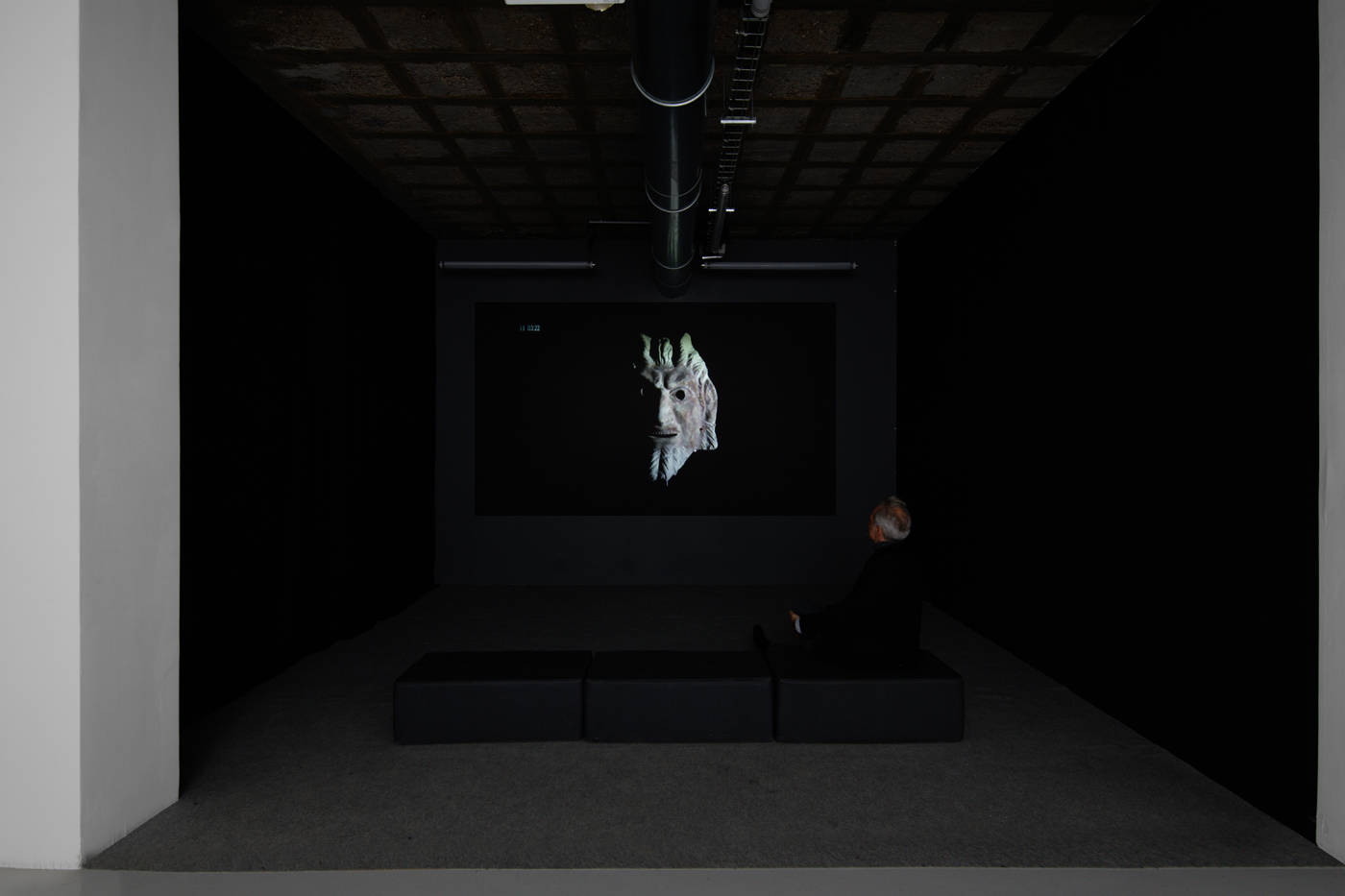
Comme le jour se fait lorsque la nuit s'en va
Vue d'exposition
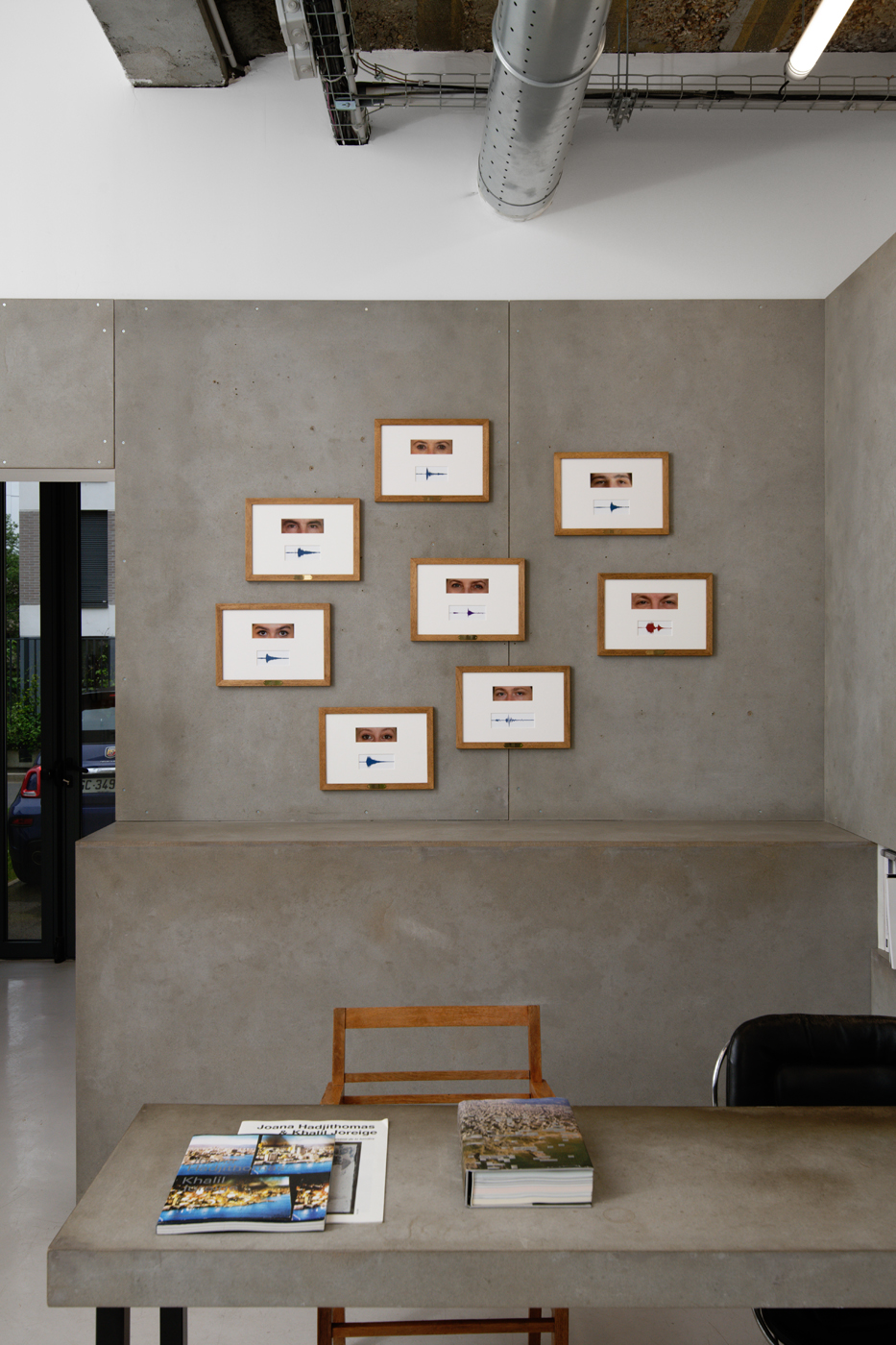
Comme le jour se fait lorsque la nuit s'en va
Vue d'exposition
OPENING SUNDAY APRIL 28TH, FROM 2PM TO 6PM
Teach:
Death of the body -
Best accept it
Death of the heart -
Better not
Gregory Orr
The day we're supposed to call to discuss the text that will accompany the exhibition Comme le jour se fait lorsque la nuit s'en va, there's no internet in Beirut. Despite numerous unsuccessful attempts, empty ringing tones and a chorus of voices that speak but don't echo each other, we insist. An imperceptible membrane disturbs, disrupts and jerks our exchange. We look for ways around or through it, with no alternative but to repeat the same gestures. To call and call again... When the conversation finally began, Joana's first comment to me concerned the -superb- light around her and the Beirut sky. The gift of this evanescent detail makes me smile and wraps me in a sweet joy. Our difficult communication appears like a minor annoyance, quickly swept away by the invocation of something that transcends it: here, a light.
There are no coincidences. The quest for these vital, poetic, revealing lights is at the heart of the work of Joana and Khalil. Their practice is driven by a powerful desire to discover, to shed light, to reveal, to manipulate and preserve that which is lost, forgotten and unravelling. For over twenty years, their work has been developed in a freewheeling manner, from film to installation, from photography to writing, yet deeply coherent in the way it observes and puts into perspective the links between intimacy and politics, gaze and resistance, desire and drive. The projects respond to and complement each other by the very fact of their plurality, the fruit of both artists' appetite for exploration, research and the unknown, which led them on the trail of a film lost in Yemen (The Lost Film, 2003), a Lebanese space project (The Lebanese Rocket Society, 2013), war-torn landscapes (I Want to See, 2008), faces (Faces, 2009), buried pasts (Unconformi- ties, 2017), lost images (Wonder Beirut, 1997 - 2006).
This desperate yet essential aspiration to extract some glimmer of life from chaos and dust illuminates their new exhibition at Galerie In Situ - fabienne leclerc, down to its title. The idea it conveys - of contrast, transition, and a fortiori of hope and struggle - binds the works gathered here. Through a broad spectrum of media, including video, photography, installation and tapestry, Comme le jour se fait lorsque la nuit s'en va unfolds as a hymn to disobedience and combat. The exhibition is concerned in its every point with the figure of the guts, whether physical - like those of the earth, from which we extract traces of past lives or archaeological remains, and those of the body, from which we draw breaths and sighs - or symbolic: they are the dark space that must be illuminated or the place from which the energy of both hope and despair emerges.
The exhibition opens with a new series, Index of Sighs, comprising a set of pho- tographs, self-portraits and a sound piece. The framed works isolate and associate, anonymously and enigmatically, a gaze and the visual representation of the wave of a sigh. The stairwell is filled with the recording of these sighs. By echoing these human presences, embodied in ways that bridge the emphatic and the fleeting, the artists anchor the exhibition in a moment, an era and a disturbance, echoing the experience of a catastrophe. In a sinuous dialogue, sighs substitute for voices, carrying with them the pure, untied expression of a feeling, which can just as easily be that of exasperation, relief, encouragement, enjoyment or pain. Speech, rendered abstract, reveals itself as a place of possibility and ambiguity, where immense sorrow and sublime hope can manifest themselves in the same form. The sigh, a sincere expression of our deepest and often most confused sensations, condenses and liberates the whole being. For Joana and Khalil, Index of Sighs is intimately linked to music, in particular that of Umm Kulthum, whose sighs reflect the entire empire of the senses as she sings of her lost love in Al Atlal (The Ruins). Indeed, there's a vital energy in the Egyptian singer's voice, which almost seems to escape her.The lying past and her pain are evacuated in her breath, which seems to reveal the density and immensity of a silence; that a sigh is a poem, a farewell, a pulse of life.
The series But My Head is Still Singing... mobilizes the figure of Orpheus, a bloodied martyr whose head, after his dismembered body was scattered across the four corners of the world, continues to sing. Joana and Khalil confront the inner tragedy that breathes life into Orpheus with our world today. By projecting fragments of poetic and philosophical texts onto layers of broken and salvaged glass, they underline the compelling need not to accept, in Gregory Orr's words, the death of the heart, addressing the condition of poetry as a bulwark and weapon in the face of barbarism and chaos. Language is approached in its performative dimension, in its capacity to be rallied and propagate like a struggle. This idea can be found from work to work, as in the series I Stared At Beauty So Much (2013 - ongoing), which borrows its title from a line by Constantin Cavafy. In But My Head Is Still Singing..., these correspondences of words and thoughts form a choir, that embodies a hope: that of collectively finding the voice, an exhausted but resolute one, that can make its way, like vivacious plants, between the debris. The great philosophical questions raised in the twentieth century, notably by Adorno and Ceylan, concerning the validity of art and poetry in the face of horror, run through the series. It brings together the regimes of the poetic, the political and the material, particularly as seen through the prism of destruction, offering a reflection on the fertile and momentous potential of fragility, sighs, weariness and pain. The ability of light to reflect and adapt to the irregularities of glass seems to embody the capacity of words and images to pierce the layers of reality to touch our hearts.
Notions of persistence, survival and reparation are addressed in reverse in Message With(out) a Code. Concrete matter, taken from the ground, itself becomes the message to be deciphered, which could shed light on the present. Joana and Khalil have been interested in the sedimentation phenomena involved in soil formation, accompanying and observing archaeologists in their research. The tapestries reproduce photographs taken of the classification of elements drawn from underground strata and carried out by archaeologists in absolute urgency under the pressure of bulldozers already working in the field and destroying the excavation in progress. These extracts and deposits help to put into perspective the possible narratives and representations of the history of cities. They provide access to the invisible vestiges of buried worlds and their multiple temporalities. In their words, "living in a region where we are continually in rupture, this is an echo of how we can continue to create and tell, despite the discontinuity of our history." This project reflects the artists' major interest in the historical and the problems that accompany the writing of history and its interpretation according to a dominant narrative thread. In the course of events, the original photographs were destroyed in their studio at the time of the explosion on August 4th, 2020. The use of tapestry emerged from an encouragement from their friend, artist and poet Etel Adnan, to restore and confront this loss through weaving. Tapestry enables them to envisage, right down to its form, a rhizome-like conception of time and events, made up of a multitude of interwoven wefts and realities.
A traditional, ancestral technique, tapestry also enables to work on representations of perspective and three-dimensionality, and to take into account the physicality, density and volume of these samples, each of which carries the sign of a past time, to be deciphered and interpreted. These unintentional "messages" regain their significance through those who lean in to read and translate them. As is often the case with Joana and Khalil, the project concerns what is revealed through and in the gaze of the other.
This idea of a revealing impulse, of an irrepressible desire to see, manifests itself in an extraordinary way in the film Sarcophagus of Drunken Loves, which concludes the exhibition. It takes us into the meandering interior of Beirut's National Museum, plunged into darkness due to the general power cuts that regularly affect the country. The camera moves through the suddenly darkened halls, from which new lights emanate: those of visitors' cell phones, which continue their visit, unperturbed, revealing the trembling, isolated works, casting shadows and reflections on the museum walls. Volumes are perceived in a new light, images are distorted, multiplied tenfold, a strange atmosphere is created, something akin to science fiction. This unexpected dialogue between each individual and the traces of past civilizations reveals an intimacy, a commonality, while the ordinary course of things is disturbed by the political reality and eco- nomic collapse of a country.
Faced with the constant instability that defines our times, weakening all individual and collective foundations, Comme le jour se fait lorsque la nuit s'en va ques- tions the possibility of resistance through the gaze and language, understood in all its forms, from the most abstract to the most expressionist. Throughout the exhibition, the extraordinary and mythological are revealed as a remedy for inertia. The poetic field is seen as a potential vector of vibration, of a jolt when the soul is crushed by the violence of the times. In a total gesture, Joana and Khalil examine the manifestations of vital and transcendent impulses, however tiny they may be, that drive us to draw from deep within ourselves the light and breath that will keep hope and desire afloat despite disaster.
Taddeo Reinhardt